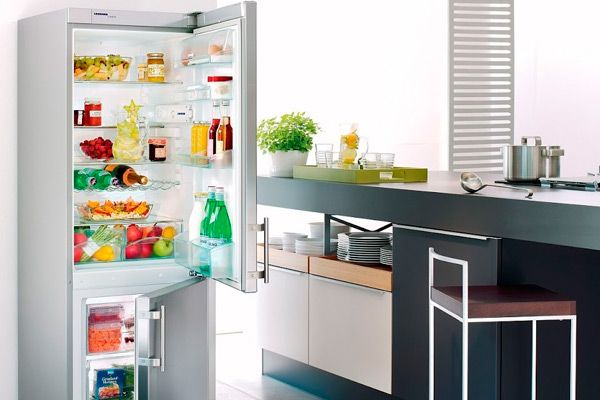New publications
Refrigerator can be a health hazard
Last reviewed: 02.07.2025

All iLive content is medically reviewed or fact checked to ensure as much factual accuracy as possible.
We have strict sourcing guidelines and only link to reputable media sites, academic research institutions and, whenever possible, medically peer reviewed studies. Note that the numbers in parentheses ([1], [2], etc.) are clickable links to these studies.
If you feel that any of our content is inaccurate, out-of-date, or otherwise questionable, please select it and press Ctrl + Enter.
From a household point of view, a refrigerator is a very useful device that adds a lot of comfort to our lives. However, British scientists have recognized it as one of the dirtiest kitchen items.
Initially, the scientists set themselves the task of identifying the dirtiest kitchen appliances. During the experiment, they discovered that the refrigerator, or more precisely the drawer in it where vegetables are usually stored, is the most dangerous in terms of bacterial contamination.
Information about the study was published in the Daily Mail. Bacteriologists counted about eight thousand pathogenic microorganisms per square centimeter in the vegetable compartment of the refrigerator – and this is a very high infection threshold that poses a danger to human health. The standard of contamination, generally recognized in European countries, can be no more than 10 bacteria per square centimeter.
According to microbiologists, among the microorganisms found were salmonella, E. coli, and others, including rare bacteria.
Taking into account the information received, experts made conclusions that they are happy to share with readers of the Daily Mail:
- do not fill all the free space in the refrigerator to the brim - many pathogenic microorganisms (for example, listeria) love tight and secluded places that are rarely ventilated;
- Before placing vegetables in the refrigerator drawer, rinse them under running water to wash away most of the bacteria;
- the plant box or tray should be thoroughly washed with detergent at least once a month;
- periodically inspect vegetables and fruits, throw away rotten specimens;
- do not put unripe vegetables in the refrigerator: first they must “ripen” - for example, on the windowsill at room temperature;
- do not store potatoes, garlic, onions, bananas in the refrigerator - in the cold they quickly spoil and contaminate other products with bacteria;
- do not place vegetables or fruits and greens on the same shelf: such a combination leads to increased release of ethylene, a gaseous substance that causes early rotting of fresh products;
- promptly dispose of vegetables that have strange spots, "sores", plaque, or if they have started to emit a suspicious smell - after removing such specimens, thoroughly wash the refrigerator or at least the compartment where such vegetables were stored.

To sum up the above recommendations, the best way to preserve vegetables is to cook them as soon as possible, without waiting for rot to occur.
Of course, if you have a refrigerator of the latest generation, with precise electronics that allows you to create the best conditions for preserving food, then many of the recommendations can be missed. However, even high-class refrigerators should be washed and aired regularly - this simple rule will help prevent a large number of different diseases that threaten us.
